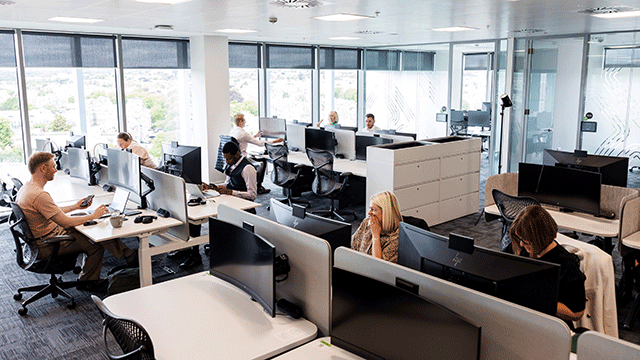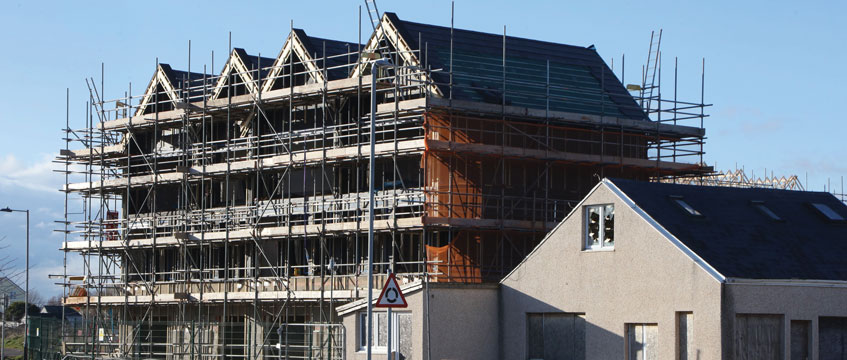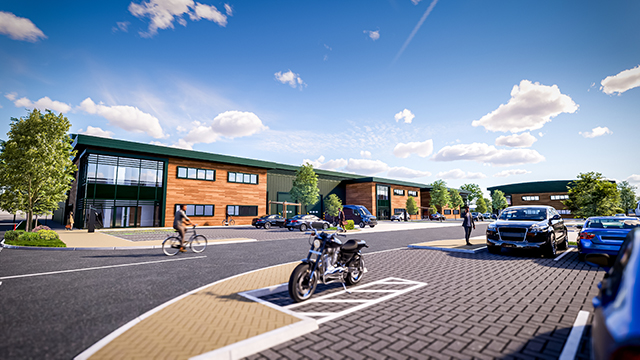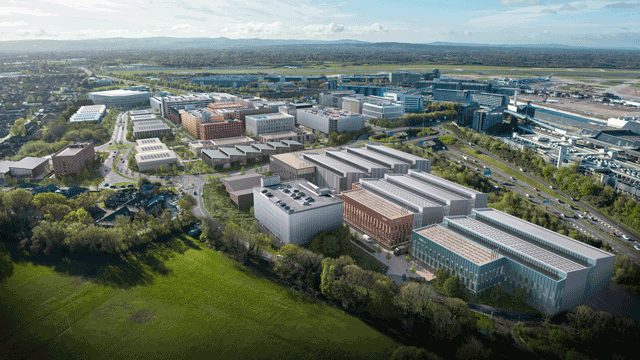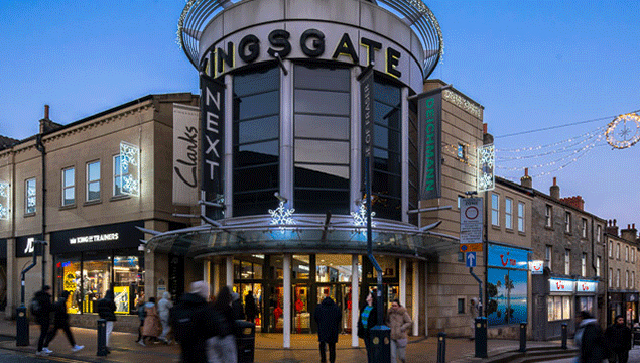COMMENT With competition fierce and new entrants eager to make their mark, build-to-rent is proving to be a resilient and innovative asset class, still achieving high rental collections as we make our way through the Covid-19 crisis.
But BTR investors cannot rest on their laurels. With economic pressures and government interventions impacting how we live and work, we cannot ignore the shifts that are happening in how we use our built environment. And as with any sector, BTR needs to absorb the experiences of the last six months and evolve its proposition in order to continue meeting the changing demands of the market.
Inside of our cities
Historically, BTR has been primarily focused on cities, where there continues to be growth and demand for good quality residential accommodation. Even so, people are becoming more discerning, reassessing how they want their living accommodation to work for them. The societal changes being seen from our experiences of Covid-19 are driving investors to revaluate their schemes in order to stay ahead of the curve, demonstrating a flexibility in their approach to the use of spaces within their developments. It is a given that people still want good quality living accommodation in central locations for a good price, but what will be high up the priority list of the savvy tenant?
Three aspects jump out:
- Sustainability: well thought-out schemes with energy-efficient systems, using low carbon/natural materials.
- Technology: good quality high-speed broadband will be essential for the home worker, and therefore essential to the investor landlord. Offering a range of web and smartphone applications to provide well-managed services, as well as providing ways of reducing the carbon footprint, will be increasingly attractive to the tenant as we rebalance our lives in a post-Covid world.
- Space: an increase in the number of bedrooms, larger living areas and potential for designated office space, especially as home working becomes a more regular aspect of the working week. This could well see investors creating communal working hubs within developments, where people can escape their living accommodation while still working locally.
Outside of our cities
While city-centre living will remain attractive for certain demographics, and the lure of being at the heart of things will no doubt continue to entice (once social-distancing measures are eventually removed), suburban or rural living is proving to be an attractive alternative for those seeking more space.
With the government’s target of 300,000 homes each year proving hard to deliver, it should be no surprise to see growth in the number of single family BTR homes being developed, and that they are increasingly being seen as part of the solution to the UK’s housing challenge. In fact, research from Savills and the BPF in August 2020 showed that the number of BTR homes in the planning system across the UK (outside of London) has increased significantly, with over 167,000 homes complete, under construction or in planning, reflecting a 22% increase on the same time last year.
These are quality homes with a high specification that are specifically “built for rent”. They are managed professionally and can be built and occupied more quickly than their “built to sell” equivalent, as well as being complementary to local authority housing. If we see the “race to suburbia” predicted by many as a response to the lessons learned during lockdown, then these schemes are likely to become more popular, and those tenants who have previously been in city centre one-bedroom flats will have a more accessible route to premium housing in less built-up areas, as well as access to green space, communal areas, gyms, wellness centres etc. With mental health rightly having moved up the agenda in recent months, there is also an argument that less-densely populated developments can help to improve wellbeing.
Unsurprisingly therefore, new generation housing developers in the BTR sector are responding to this trend and partnering with traditional housebuilders and local authorities on the delivery of build-to-rent homes. While BTR family homes are still relatively new to the UK market, they are already an established asset class elsewhere, for example in Canada and the US, so there is a template to follow, and interest continues to grow from institutional investors.
So, the future for the “build to rent” sector seems to be secure, be it inside or outside of our cities.
Judy Fawcett and Choisanne Man are both partners in the real estate team at Shoosmiths LLP






